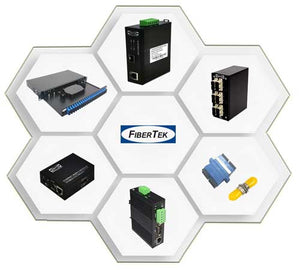F
FTTx – stands for Fiber to the x, x can be replaced with p (premise), h (home) or b (building) which denotes the different fiber optic networking infrastructure.
Summary of fiber optic network infrastructure:
Fiber to the p – Fiber to the premise
Fiber to the h – Fiber to the home
Fiber to the b – Fiber to the building
O
OM – stands for Optical Multi-Mode, the multi-mode optical fiber is classified into OM1, OM2, OM3 or OM4. The difference lies in the amount of data and the distance that can be transmitted. Typically, the OM1 optical fiber can transmit 1GB of data over the wavelength of 850nm to the distance close to 300 meters. OM2 optical fiber is capable of transmitting the same amount of data over the same wavelength, but to distance almost double OM1 optical fiber.
OM3 and OM4 are both laser optimized optical fibers and are capable of transmitting larger volume of data over longer distance. These optical fibers are designed to support the 10 Gigabit Ethernet network.
P
Polish – this refers to the treatment of the end surface of a fiber optic connector. The end surfaces of the fiber optic connector are usually polished to minimize connection loss. Various types of polish are available – PC, UPC and APC.
PC – stands for physical contact
UPC – stands for ultra-physical contact
APC – stands for angled Physical Contact

